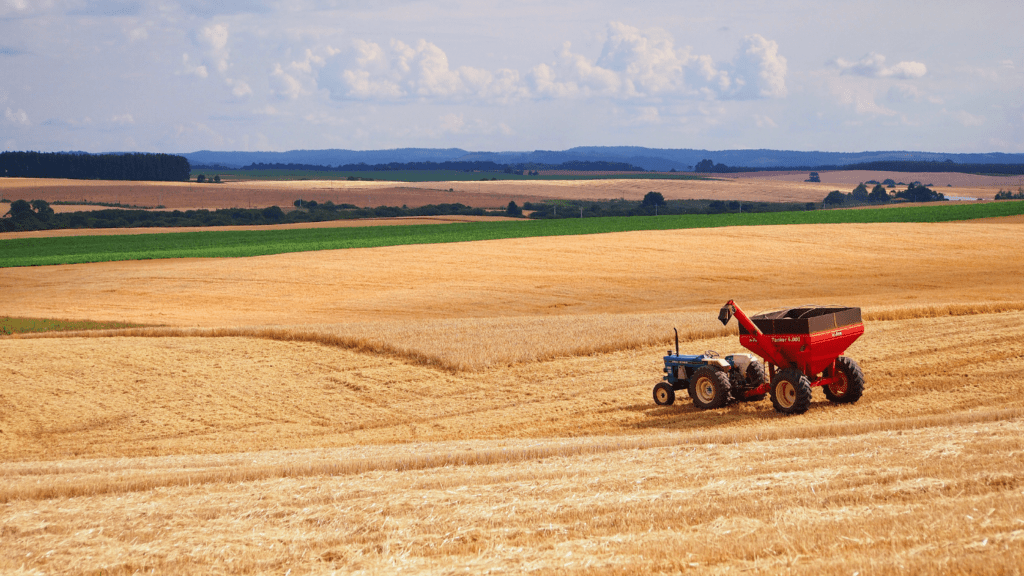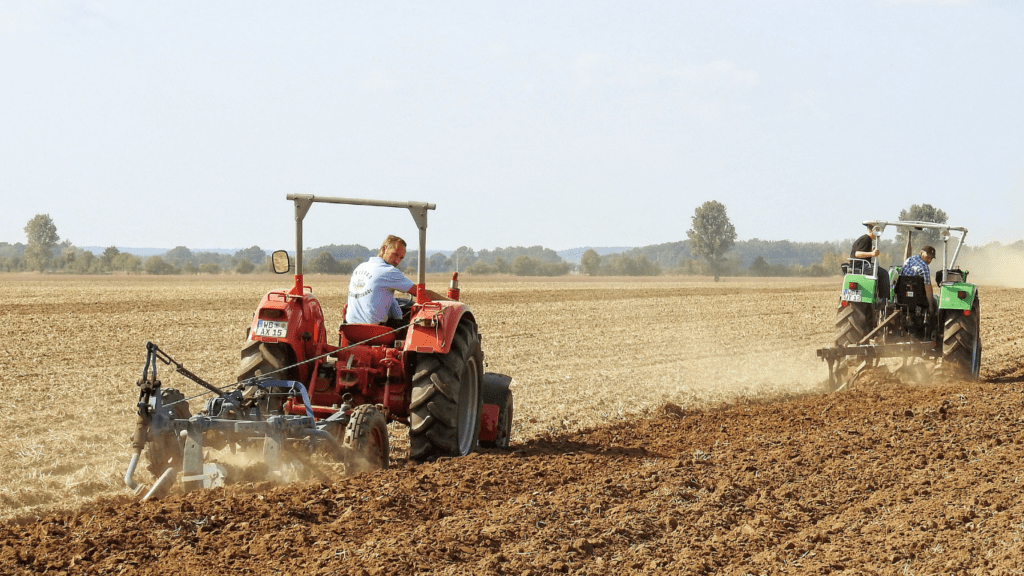Living in an urban landscape, I’ve witnessed firsthand the evolving dynamics of urban agriculture policies and their profound impacts on our communities. As cities adapt to meet the growing demand for sustainable food sources, recent changes in urban agriculture regulations have sparked a wave of innovation and debate. From rooftop gardens to community farms, these policies are reshaping the way we think about food production in urban environments.
Navigating through the complexities of these policy shifts, I’ve delved into the implications they carry for local economies, food security, and environmental sustainability. The intersection of government regulations and grassroots initiatives is not only transforming cityscapes but also fostering a deeper connection between urban dwellers and the food they consume. In this article, we’ll explore the nuances of these changes and delve into the far-reaching impacts they have on our urban societies.
Overview of Urban Agriculture Policies
In exploring the landscape of urban agriculture policies, it’s evident that these regulations have undergone significant transformations to meet the escalating need for sustainable food sources within city boundaries. These changes, ranging from the introduction of rooftop gardens to the establishment of community farms, are catalyzing innovation and sparking discussions on various fronts. The impact of these policy shifts on local economies, food security, and environmental sustainability is profound. Government guidelines and grassroots movements play pivotal roles in shaping city environments, fostering a deeper bond between urban dwellers and their food supplies. This section delves into the extensive ramifications of these adjustments on urban societies.
History and Evolution
The history and evolution of urban agriculture policies showcase a progressive journey marked by adaptation and innovation. Initially conceived as a means to enhance food security in densely populated areas, urban agriculture policies have evolved to encompass multifaceted objectives. From addressing issues of food deserts to promoting community engagement, the evolution of these policies reflects a growing recognition of the interconnectedness between urban living and sustainable food practices.
Key Features of Current Policies
Current urban agriculture policies are characterized by a nuanced approach that integrates diverse elements to ensure the success of sustainable farming practices in urban settings. Key features of these policies include incentives for vacant lot cultivation, regulations supporting farmers’ markets, and frameworks promoting agricultural education in schools and community centers. By focusing on collaborative efforts between governmental bodies, local communities, and agricultural stakeholders, current urban agriculture policies aim to create a thriving ecosystem that prioritizes access to fresh produce, community empowerment, and environmental stewardship.
Recent Changes in Urban Agriculture Policies
Urban agriculture policies have been adapting to the increasing need for sustainable food sources in cities. Let’s explore the recent shifts in legislation and technological advancements shaping urban farming practices.
Changes in Legislation
Legislation surrounding urban agriculture has seen notable changes in recent years. Cities are recognizing the importance of supporting local food production and are implementing policies to encourage urban farming initiatives. For example, some cities have introduced zoning regulations that allow for the use of vacant lots for agricultural purposes. These changes aim to promote community gardens and urban farms, fostering a closer connection between city dwellers and their food sources. Additionally, incentives such as tax breaks or subsidies have been put in place to incentivize individuals and organizations to participate in urban agriculture, further promoting sustainability and food security.
Technological Advancements
Advancements in technology have significantly impacted urban agriculture practices. Tools like vertical farming systems, hydroponics, and aquaponics have revolutionized how food is grown in urban settings. These innovative techniques allow for year-round production, maximization of space, and efficient resource usage. Furthermore, the integration of smart sensors and automation in urban farms enables precise monitoring of crops and optimal resource management. As technology continues to advance, urban farmers are better equipped to address the challenges of limited space and resources, ultimately contributing to the sustainability of urban agriculture.
Impacts of Updated Urban Agriculture Policies
Urban agriculture policies play a vital role in shaping various aspects of society. Let’s delve into the impacts these policies have had on different areas.
- Social Impacts
Urban agriculture policies have shown significant social impacts by fostering a sense of community and empowerment among residents. By promoting community gardens and urban farms, these policies create spaces for people to gather, interact, and learn about sustainable food practices. Residents involved in such initiatives often report improved mental well-being and a stronger connection to their neighborhoods. Moreover, these policies can address food deserts in urban areas, ensuring that all residents have access to fresh and healthy produce. - Economic Impacts
The economic implications of updated urban agriculture policies are noteworthy. By supporting local food production, these policies contribute to job creation, particularly in sectors like farming, distribution, and marketing. They also have the potential to reduce food-related expenses for consumers by making fresh produce more accessible. Furthermore, urban agriculture policies can spur economic development in underserved communities, revitalize vacant lots, and increase property values in surrounding areas.
Environmental Impacts
Updated urban agriculture policies have led to positive environmental outcomes by promoting sustainable farming practices. Initiatives such as vertical farming and smart sensors help optimize resource usage, minimize waste, and reduce the carbon footprint of food production in urban areas. By integrating green infrastructure into cities, these policies enhance biodiversity, improve air quality, and mitigate the urban heat island effect. Overall, the environmental impacts of urban agriculture policies contribute to creating more resilient and eco-friendly urban environments.
Case Studies
North America
In North America, cities like New York and Chicago have implemented progressive urban agriculture policies to support local food production. New York City’s zoning regulations allow for rooftop gardens and urban farms, promoting sustainable practices within the city limits. These initiatives have not only increased access to fresh produce but also contributed to community bonding and environmental awareness.
Chicago, on the other hand, offers incentives and subsidies for converting vacant lots into urban farms, revitalizing underutilized spaces and providing opportunities for local residents to engage in agricultural activities. These policies have had a significant impact on the city’s food landscape, reducing food insecurity and enhancing community resilience.
Europe
In Europe, cities such as Berlin and Amsterdam have adopted innovative approaches to urban agriculture, aligning with their sustainability goals. Berlin’s focus on vertical farming systems has revolutionized food production in urban areas, allowing for efficient land use and reduced transportation emissions. This shift towards local, sustainable food sources has garnered support from residents and policymakers alike.
Amsterdam’s emphasis on smart sensors and precision agriculture technology has enhanced crop monitoring and resource management, leading to higher yields and better utilization of urban farming spaces. These advancements not only promote self-sufficiency but also contribute to the city’s overall green initiatives, creating a more environmentally conscious urban environment.

 Gabriella Irvine is a dedicated team member contributing to the growth and development of the project. With a background in environmental science, she brings valuable insights into sustainable practices and community engagement. Gabriella's passion for urban sustainability drives her to collaborate closely with other team members, ensuring that innovative strategies are effectively implemented. Her commitment to education and outreach helps empower individuals and communities to adopt eco-friendly lifestyles, making her an essential asset in fostering positive change within the project.
Gabriella Irvine is a dedicated team member contributing to the growth and development of the project. With a background in environmental science, she brings valuable insights into sustainable practices and community engagement. Gabriella's passion for urban sustainability drives her to collaborate closely with other team members, ensuring that innovative strategies are effectively implemented. Her commitment to education and outreach helps empower individuals and communities to adopt eco-friendly lifestyles, making her an essential asset in fostering positive change within the project.